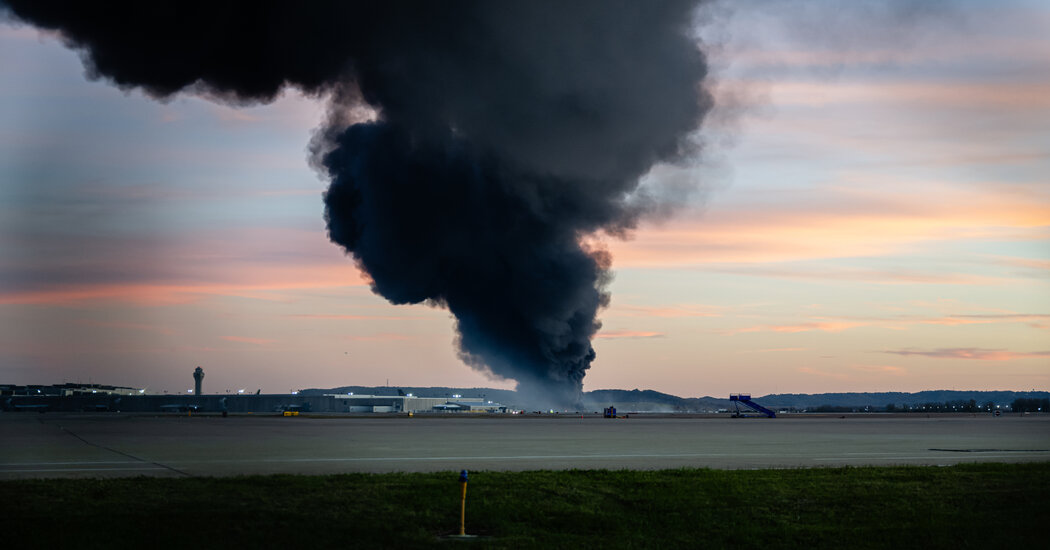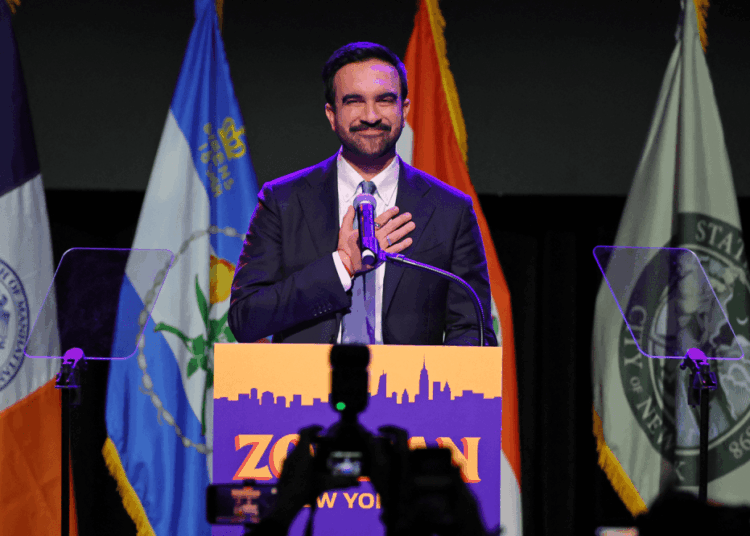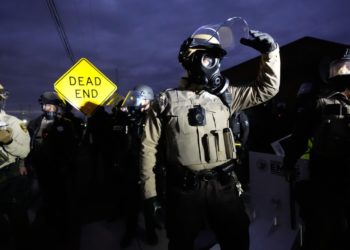An engine on the UPS cargo jet that crashed in Louisville, Ky. on Tuesday fell off moments before the plane took flight, the National Transportation Safety Board said on Wednesday.
The jet, with a crew of three, plunged to the ground seconds later and erupted into flames as it careened through industrial buildings at the edge of the Louisville Muhammad Ali International Airport Tuesday evening.
At least 11 people died, the Kentucky governor, Andy Beshear, said on Wednesday.
At a news conference Wednesday afternoon, Todd Inman, a member of the transportation safety board, said that, according to security footage, the plane’s left engine had detached from the wing while the aircraft was rolling to take off.
He added that the plane — which had two other engines — had cleared a fence at the end of the runway before it crashed to the ground outside the airport.
The initial fire sent plumes of black smoke into the twilight and touched off additional blazes at buildings on the ground.
“This rocked our community,” Representative Morgan McGarvey, a Democrat who represents Louisville in Congress, said at a news conference on Wednesday. “Louisville looked apocalyptic last night.”
For residents of the city, which hugs the Ohio River and is best known to tourists as the site of the Kentucky Derby, the crash was a terrifying spectacle that left a sooty stain on the sky just as night was beginning to fall. As videos of the crash and the fiery aftermath circulated online, the scope of the disaster and the death toll were unclear and raised concern across the region.
Members of the transportation safety board arrived in Louisville on Wednesday to begin what will be a monthslong investigation into the causes of the fatal crash.
“Our investigative teams, we anticipate, will be here at least a week, if not longer,” Mr. Inman said, adding that the board’s mission was “to understand not only what happened, but why it happened, and recommend changes to prevent it from happening again.”
After the crash, 15 injured people were brought to University of Louisville hospitals, Heather Fountaine, a spokeswoman for the university’s health system, said. Thirteen of the patients had been discharged as of Wednesday; two were still hospitalized and were in critical condition Wednesday, she said.
Colin Embry, who owns an auto parts shop near the airport, watched the tail of the plane as it hurtled toward the ground on Tuesday and saw the UPS logo in flames. He was close enough to feel the heat from the explosion, he said, and he was still in a daze Wednesday morning as he waited to get back to his business to see whether anything was left.
“I can’t believe we are alive,” Mr. Embry said of himself and his eight employees.
The plane, which was bound for Honolulu, was carrying about 38,000 gallons of fuel, and one of the buildings it hit on the ground was a petroleum recycling facility, Mr. Beshear said at a news conference on Wednesday.
The governor voiced sorrow for the lost lives, adding that the plane barely missed a restaurant, a convention center and a large Ford plant. “It could have been much worse,” he said.
Mr. Beshear said that he was declaring a state of emergency to help officials respond to the disaster.
Hundreds of firefighters converged on the scene on Tuesday to contain the blaze, and many were still at the site on Wednesday.
“We’re planning to be there for at least a week or longer,” said Mark Little, the chief of the Okolona Fire Protection District. “I don’t know how many victims we’re actually looking for, that’s one of the issues,” he added. “And the debris zone is so large.”
The airport had reopened a runway as of Wednesday afternoon, and the sky over the site of the crash looked clear. Dan Mann, the airport’s executive director, said at a midday news conference that the airport was operational but still dealing with some cancellations and delays.
He added that an operations team had not found problems on the airfield during a regular inspection it had carried out on Tuesday, not long before the crash.
The plane, a McDonnell Douglas MD-11, had not been carrying hazardous materials, Mr. Beshear said. The flight, UPS 2976, climbed to just 175 feet before swiftly descending, he added.
The crash disrupted cargo operations for UPS, which has its largest air cargo hub, called Worldport, in Louisville.
There have been at least three crashes, two of them deadly, involving UPS planes since 2006. The most recent was in 2013, when a plane that had departed from Louisville crashed short of the runway in Birmingham, Ala., killing its two pilots.
MD-11 aircraft have been involved in fatal accidents before. In one instance, a Swissair flight crashed off the coast of Nova Scotia, Canada, in 1998, killing all 229 people on board.
Over the last few years, UPS has been shrinking its fleet of MD-11 aircraft. It had 27 in operation in September, down from 42 in 2022, according to U.S. Securities and Exchange Commission filings.
Boeing, which bought McDonnell Douglas in the 1990s, said in a statement that it had offered technical assistance to the transportation safety board.
Karoun Demirjian, Rylee Kirk, Michael Levenson, Pooja Salhotra, Billy Witz, Jonathan Wolfe and John Yoon contributed reporting. Kirsten Noyes and Susan C. Beachy contributed research.
Jacey Fortin covers a wide range of subjects for The Times, including extreme weather, court cases and state politics across the country.
Karoun Demirjian is a breaking news reporter for The Times.
The post UPS Jet Lost an Engine Just Before Takeoff in Louisville, Official Said appeared first on New York Times.




